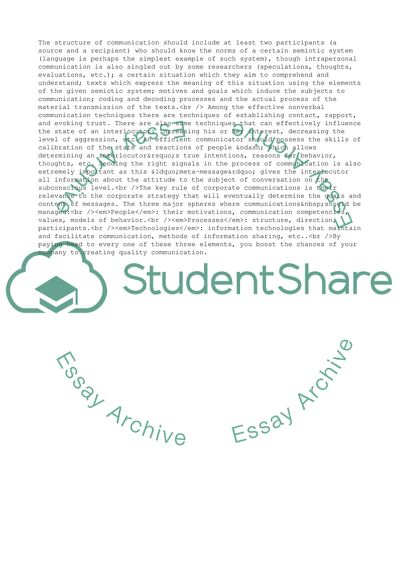Cite this document
(Corporate Management Skills Coursework Example | Topics and Well Written Essays - 2000 words, n.d.)
Corporate Management Skills Coursework Example | Topics and Well Written Essays - 2000 words. Retrieved from https://studentshare.org/management/1552629-supervisory-management
Corporate Management Skills Coursework Example | Topics and Well Written Essays - 2000 words. Retrieved from https://studentshare.org/management/1552629-supervisory-management
(Corporate Management Skills Coursework Example | Topics and Well Written Essays - 2000 Words)
Corporate Management Skills Coursework Example | Topics and Well Written Essays - 2000 Words. https://studentshare.org/management/1552629-supervisory-management.
Corporate Management Skills Coursework Example | Topics and Well Written Essays - 2000 Words. https://studentshare.org/management/1552629-supervisory-management.
“Corporate Management Skills Coursework Example | Topics and Well Written Essays - 2000 Words”, n.d. https://studentshare.org/management/1552629-supervisory-management.


